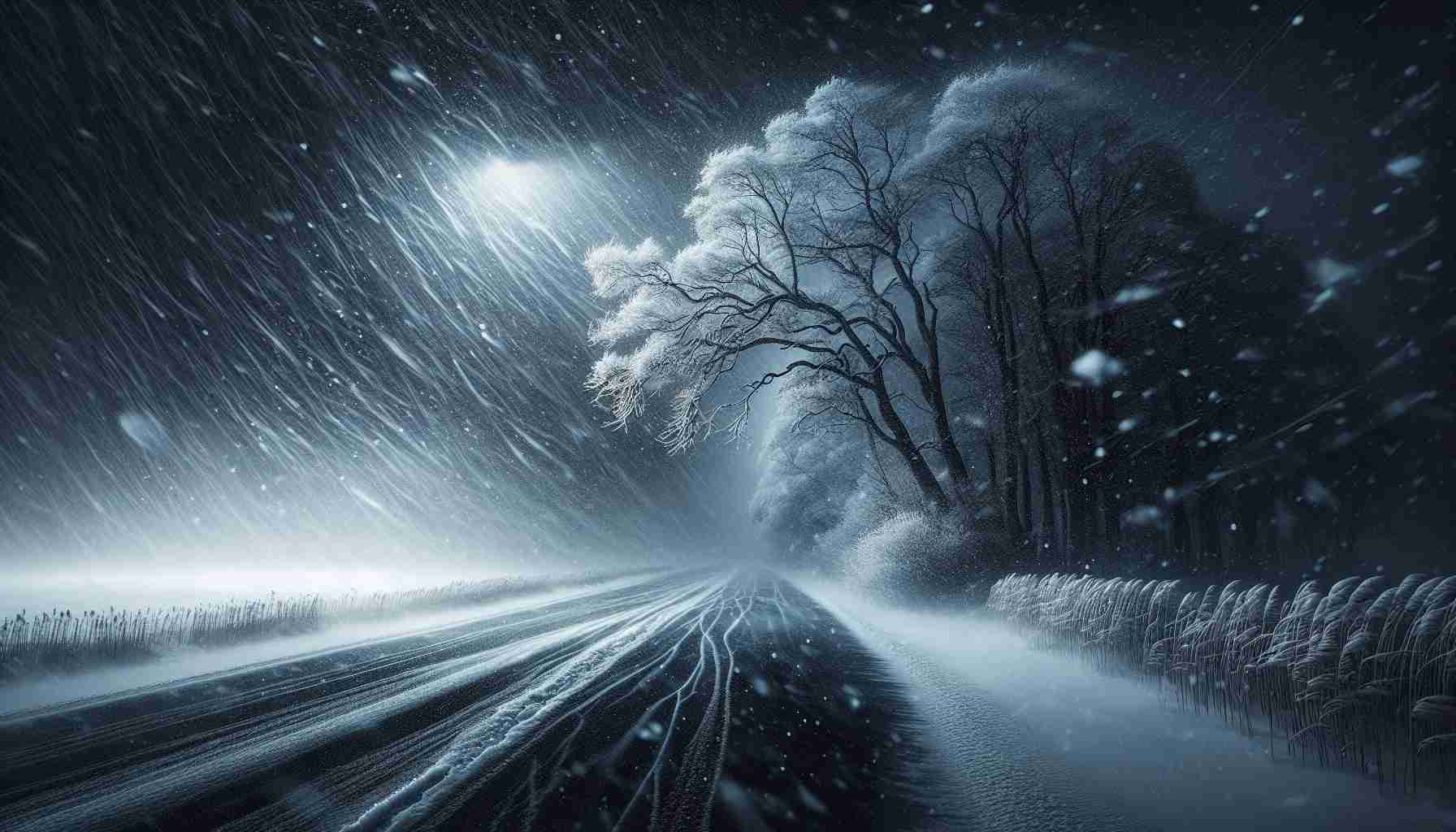Unusual winter weather has gripped parts of the Lowcountry, sparking excitement and caution among residents. Reports have emerged of snow flurries, sleet, and freezing rain as a winter storm makes its way into the region.
According to meteorologists, an initial band of precipitation is already creating a wintry mix, particularly in several areas such as Orangeburg County, Summerville, and Cainhoy. Observations from Ladson, St. George, and Goose Creek indicate that conditions are changing rapidly, with the National Weather Service extending a winter weather advisory across Berkeley, Dorchester, and Inland Colleton Counties.
This storm is expected to evolve, with snow and sleet giving way to rain as temperatures slowly rise above freezing. Predictions suggest that locations north of I-26 may witness the best chances for snow, particularly near I-95. Meteorologists are keeping a close eye on the changing weather patterns, indicating that the transition from wintry mix to rain could happen by late morning.
In preparation for the unexpected weather, local school districts like Williamsburg and Orangeburg County have announced early dismissals. Rainfall is forecasted to persist into the night, underscoring a swift end to the short-lived wintry conditions.
Stay updated and be cautious if you’re venturing out, as the road conditions can change dramatically with the shifting temperatures.
Chilling Changes: Unpredictable Winter Weather Hits the Lowcountry
Overview of Current Weather Events
Recent unusual winter weather has swept through parts of South Carolina’s Lowcountry, generating both excitement and caution among locals. As a winter storm settles over the area, residents in regions such as Orangeburg County, Summerville, and Cainhoy are experiencing an unprecedented combination of snow flurries, sleet, and freezing rain.
Meteorological Insights
Meteorologists report that the storm is progressing with a mix of wintry precipitation. An initial band of weather has initiated a wintry cocktail, leading to adjustments in weather advisories. The National Weather Service has strategically extended a winter weather advisory across several counties, including Berkeley, Dorchester, and Inland Colleton.
How Weather Systems Evolve
The storm is projected to undergo a significant transition. As temperatures gradually rise, areas experiencing snow and sleet will likely shift to rain. Predictions indicate that regions situated north of Interstate 26, particularly those close to Interstate 95, may have the most substantial snowfall accumulation before transitioning to rain.
Precautions and Local Response
In light of these weather patterns, local school districts such as Williamsburg and Orangeburg County have proactively opted for early dismissals to ensure the safety of students. The community is encouraged to stay informed as weather conditions can shift rapidly.
FAQ: Understanding Local Winter Weather Updates
Q1: What types of precipitation should we expect in the Lowcountry this winter?
A1: Residents can expect snow flurries, sleet, and freezing rain, with conditions evolving from wintry precipitation to rain as temperatures rise.
Q2: How are local schools responding to the weather?
A2: Many local school districts have announced early dismissals to ensure student safety amidst the changing weather.
Q3: What areas are most likely to see significant snowfall?
A3: Areas north of I-26, especially around I-95, have the highest chances for snowfall accumulation.
Pros and Cons of the Current Weather Situation
Pros:
– Exciting winter weather experience for residents in an area not accustomed to snow.
– Opportunity for community bonding through winter activities.
Cons:
– Hazards due to icy roads can lead to accidents.
– Potential disruptions in daily life and work due to harsh conditions.
Conclusion: Stay Informed and Cautious
As the storm progresses, residents are advised to remain alert and cautious, especially if they plan to travel. The situation is dynamic, and roadway conditions can deteriorate quickly.
For more information and updates on winter weather advisories, you can visit the National Weather Service at weather.gov.
